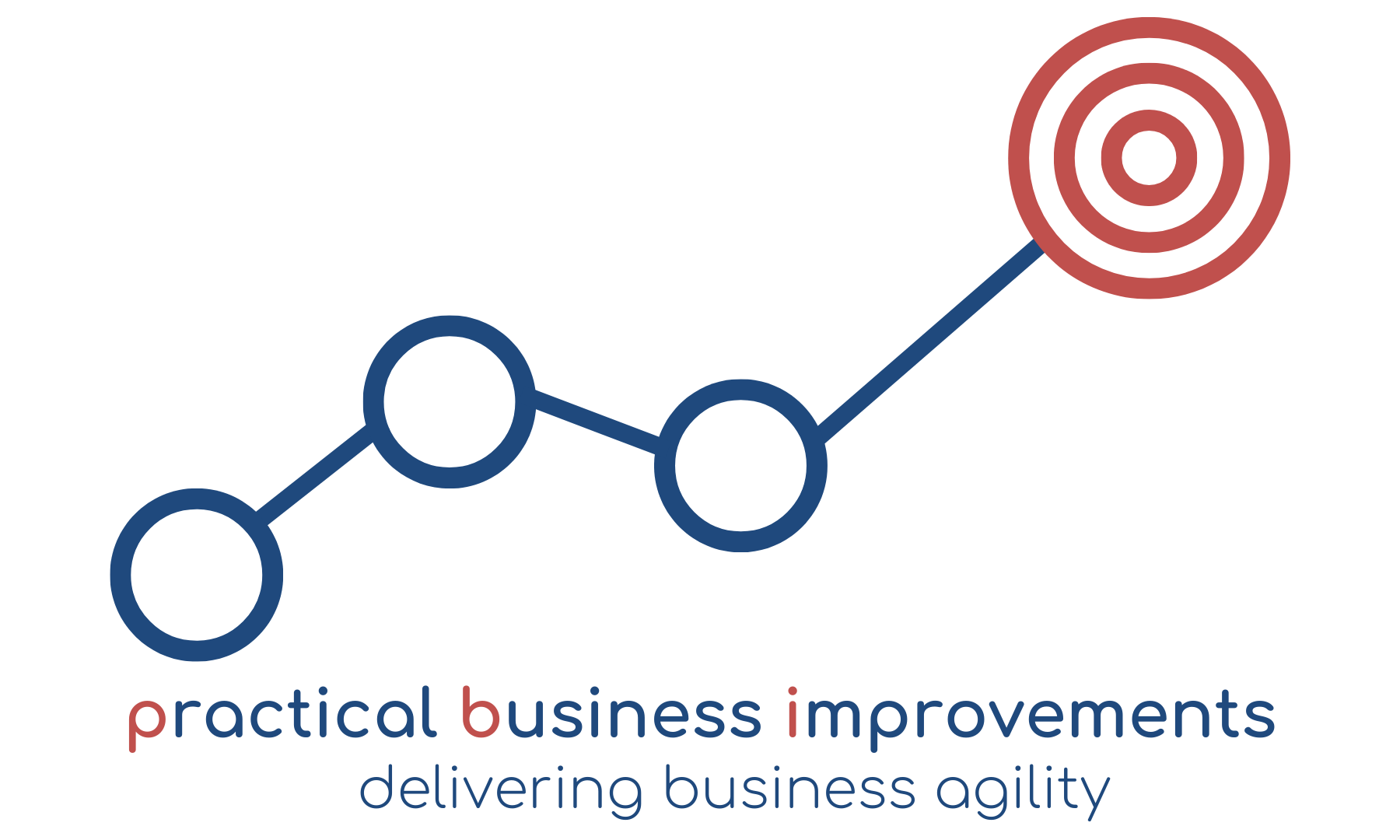Excess Pallet Movements

about this project
The logistics client was paying a fixed weekly charge for 400 pallet movements at a storage facility, with an additional surcharge applied when this limit was exceeded. Seasonal fluctuations meant that during some weeks, fewer than 400 pallets were moved, but the full charge was still applied, resulting in unused capacity being paid for.
In addition, the staging warehouse was being used as temporary storage for materials that could be sent directly to manufacturing sites. This caused unnecessary double handling, extra pallet movements, and higher handling and transport costs.
The project aimed to reduce excess pallet movements, optimise the use of pallet capacity, and clear aged stock to free up space for direct deliveries.
Key Project Summary "At a glance"
Project Scope
- Reduce excess pallet movements between the staging warehouse and manufacturing sites
- Remove aged or obsolete stock to free pallet spaces
- Minimise double handling of materials
-
- Review contract structure for pallet movement charges
Improvement Strategy
- Clear 240 pallet spaces at the manufacturing site to enable direct delivery of materials
- Avoid sending materials to the staging warehouse where possible
- Re-negotiate pallet movement contracts to allow annual capacity instead of a fixed weekly quota
- Implement Statistical Process Control (SPC) to track pallet movement trends, highlight variation, and trigger corrective action before excess charges occur
- Track pallet deliveries to monitor and prevent excess charges
Benefits Delivered
- 240 pallet spaces cleared, enabling more efficient storage and direct delivery of materials
- £137,000 annual cost avoidance from reduced storage and handling needs
- Reduced truck deliveries linked to excess pallet movements
- Greater efficiency in pallet handling and space utilisation
- Established a repeatable monitoring process to track pallet usage and identify further cost avoidance opportunities

